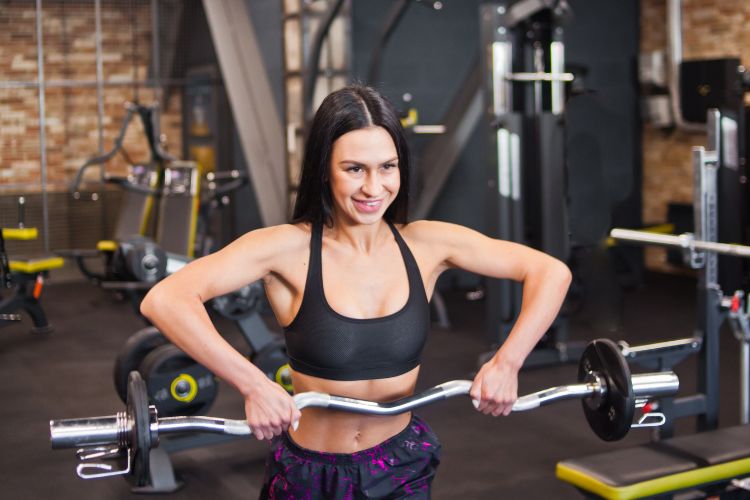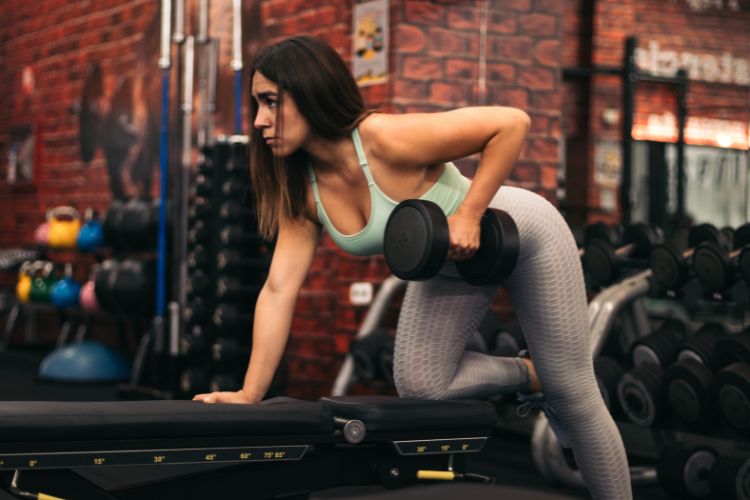Sign up for workout ideas, training advice, reviews of the latest gear and more.




High-Intensity Interval Training (HIIT) has become a buzzword in the fitness community, revered for its effectiveness in burning calories, improving endurance, and boosting metabolism. This blog post explore some of the best HIIT workouts, highlighting their benefits and providing insights into how you can incorporate them into your fitness routine.
Before diving into the workouts, it’s crucial to understand what HIIT is. High-Intensity Interval Training involves short bursts of intense exercise alternated with low-intensity recovery periods. Typically, a HIIT workout lasts 10-30 minutes, making it a perfect option for those with a busy schedule.
HIIT workouts offer numerous benefits. They are incredibly efficient in burning calories both during and after the workout due to the heightened metabolic rate they induce. Additionally, HIIT improves aerobic and anaerobic endurance, and some studies suggest that it can reduce heart rate and blood pressure, particularly in overweight and obese individuals.
Originating in Japan, Tabata is a popular form of HIIT. It consists of 20 seconds of ultra-intense exercise followed by 10 seconds of rest, repeated eight times. This cycle makes up a four-minute workout. Exercises in a Tabata workout can include sprinting, cycling, jump squats, or burpees. The key is to perform the exercise at maximum effort during the 20-second bursts.
This workout doesn’t require any equipment, making it accessible to anyone, anywhere. A typical session could include exercises like high knees, jump squats, push-ups, burpees, and mountain climbers. The structure follows the HIIT principle of short, intense bursts of activity followed by brief recovery periods.
Sprints are a straightforward yet highly effective HIIT workout. After a warm-up, you sprint at your maximum speed for 30 seconds, followed by a 60-second walking or jogging recovery. This cycle is repeated several times. Sprint interval training is excellent for improving running speed and endurance.
Kettlebell workouts are great for combining strength training with cardiovascular exercise. A HIIT routine with kettlebells might include kettlebell swings, snatches, and goblet squats. These exercises provide a full-body workout, targeting major muscle groups while keeping the heart rate up.
For those who prefer cycling, HIIT can be easily adapted to a bike. Intervals can vary, but a common approach is to pedal as hard as possible for 30-40 seconds, followed by a couple of minutes of easy cycling. This can be done on a stationary bike or a regular bike on a flat route.
Swimming is an excellent low-impact option for HIIT. Intervals can include sprinting one lap followed by a slower, recovery lap. This workout is not only effective for cardiovascular fitness but also great for improving swimming technique and endurance.
The treadmill is a versatile tool for HIIT. You can alternate between sprinting and walking or jogging. Inclines can be adjusted for added intensity. Treadmill HIIT is a convenient option for those who prefer indoor workouts or have limited access to outdoor spaces.
Jumping rope is a simple yet effective way to get a HIIT workout. Alternating between fast, intense jumping and slower, recovery periods challenges both your aerobic and anaerobic systems. It’s also great for improving coordination and footwork.
For a lower impact version of HIIT, Pilates-based intervals can be effective. This involves performing Pilates movements at a high intensity, followed by a brief rest. This type of HIIT is great for strengthening the core and improving flexibility.
This involves combining different cardio exercises like running, cycling, and rowing in a single HIIT session. This type of workout keeps things interesting and challenges different muscle groups.
When starting with HIIT, it’s crucial to pace yourself. Begin with shorter workouts and gradually increase intensity and duration. Ensure you warm up adequately before starting and cool down after your sessions. As with any exercise program, consistency is key to seeing results.
While HIIT is generally safe, it’s intense by nature, so it’s not suitable for everyone. People with certain health conditions or those new to exercise should consult a healthcare provider or a fitness professional before starting a HIIT regimen.
High-Intensity Interval Training offers a diverse range of workouts that can be tailored to individual preferences and fitness levels. Whether it’s through sprinting, swimming, or bodyweight exercises, HIIT provides a time-efficient and effective way to boost your fitness. Remember to listen to your body and modify exercises to suit your your needs and goals. By incorporating these HIIT workouts into your routine, you can enjoy the numerous health benefits they offer.
The beauty of HIIT lies in its versatility. You can adapt the intensity and duration of each interval to match your fitness level. Beginners might start with shorter high-intensity periods and longer rest intervals, gradually increasing the intensity as they become more comfortable. Seasoned athletes might opt for longer periods of intense exercise and shorter rests. This personalization makes HIIT a practical workout regimen for a wide range of individuals.
One of the primary reasons people gravitate towards HIIT is its effectiveness in promoting weight loss. The combination of high intensity with interval training creates a metabolic disturbance that enhances fat burning. This is due to the ‘afterburn effect’ or Excess Post-Exercise Oxygen Consumption (EPOC), where your body continues to burn calories at a higher rate even after the workout is complete.
While HIIT is often associated with cardio, it’s also an excellent way to build strength. Incorporating strength-based exercises like squats, lunges, and push-ups can turn your HIIT session into a powerful strength-building workout. This approach ensures you are not only burning fat but also building muscle.
Endurance athletes can benefit significantly from HIIT. Incorporating high-intensity workouts into training can improve an athlete’s anaerobic threshold, leading to better endurance performance. This is particularly beneficial for runners, cyclists, and swimmers looking to improve their race times.
HIIT’s benefits extend beyond physical health. The intense nature of the workout can also have positive effects on mental health. Exercise is known to release endorphins, and the quick, intense bursts of activity in HIIT can be particularly effective in this regard. Additionally, the sense of achievement after completing a challenging HIIT session can boost confidence and self-esteem.
HIIT doesn’t have to be the sole focus of your fitness regimen. It can be effectively combined with other forms of training, such as steady-state cardio, strength training, or flexibility exercises like yoga. This balanced approach ensures a comprehensive fitness routine that enhances overall health and prevents boredom.
To maximize the benefits of HIIT, it’s important to pay attention to nutrition. Eating a balanced diet rich in protein, healthy fats, and complex carbohydrates will provide the energy needed for these intense workouts and aid in recovery. Staying hydrated is also crucial, as HIIT can lead to significant fluid loss through sweat.
To gauge the effectiveness of your HIIT workouts, it’s helpful to track your progress. This can be done through fitness trackers, recording times and intensities, or simply noting improvements in endurance and strength. Tracking progress not only provides motivation but also helps in fine-tuning your workouts to match your fitness goals.
Joining a HIIT class or group can add a social element to your workouts, providing motivation and accountability. Many find that working out with others in a structured environment pushes them to work harder than they would on their own.
The field of fitness is always evolving, and so are the approaches to HIIT. Keeping informed about the latest research and trends can help you optimize your workouts. Don’t be afraid to experiment with different types of HIIT and adjust your routine based on your evolving fitness goals.
High-Intensity Interval Training offers a dynamic, efficient, and highly adaptable way to improve your health and fitness. Whether you’re looking to lose weight, build strength, improve endurance, or simply add some variety to your exercise routine, HIIT can be an excellent choice. Remember, the key to success with HIIT, as with any exercise program, is consistency, proper technique, and listening to your body. With these principles in mind, HIIT can be a powerful tool in your fitness arsenal, leading to lasting health benefits and enhanced overall well-being.
Stay up to date on the latest women’s health, fitness and lifestyle trends and tips.